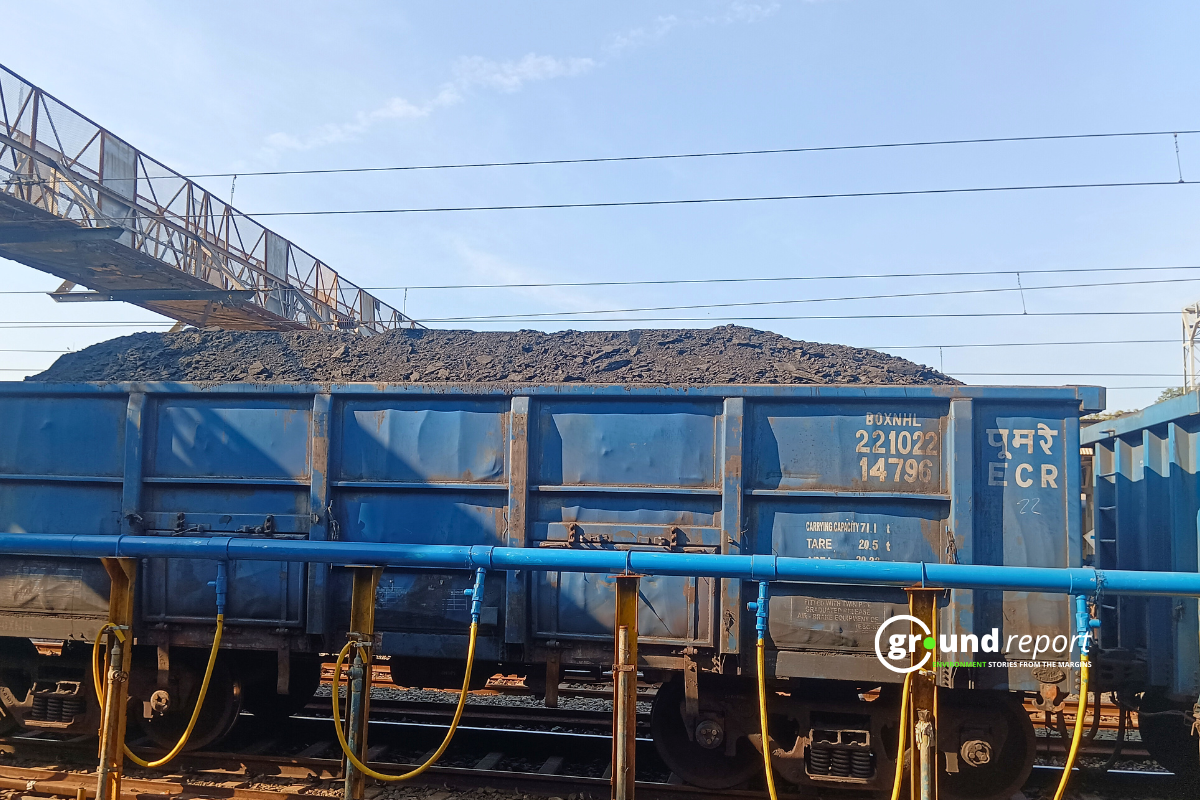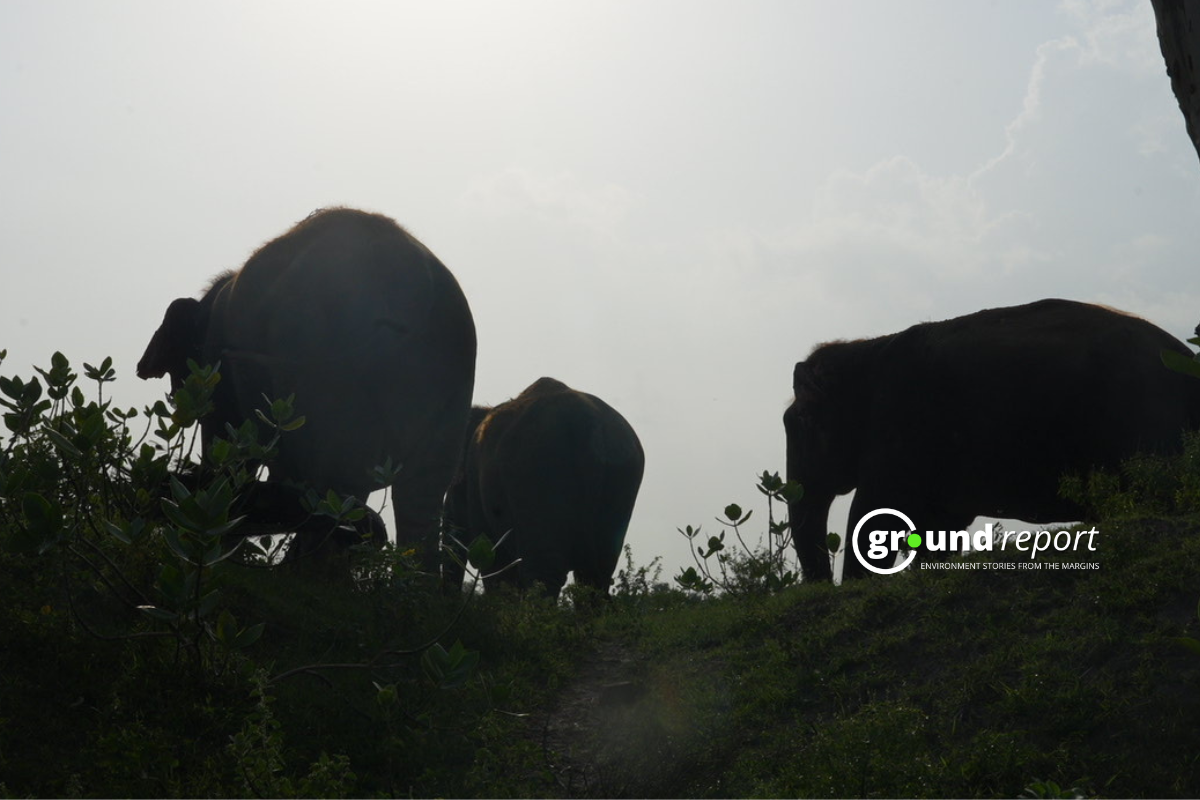The Ganga River is experiencing its worst drought in more than a millennium, according to a new study led by researchers from the Indian Institute of Technology (IIT) Gandhinagar and the University of Arizona. The study, published in the Proceedings of the National Academy of Sciences (PNAS), found that the period between 1991 and 2020 was 76 percent drier than the worst drought of the 16th century.
Using historical data, hydrological modelling, and palaeoclimate records, the researchers reconstructed the Ganga’s streamflow over 1,300 years, from 700 to 2012. Their findings show a dramatic and persistent decline in river flow over the past three decades, marking a sharp departure from natural patterns of variability.
“The drying from 1991 to 2020 is unmatched in the past millennium,” the study notes.
Droughts Without Breaks
According to the research, the 30-year period stands out not only for the number of drought years but also for their prolonged duration. “There have been several drought years and a few consecutive years of drought in the Ganga River basin during the period 1991–2020 when the river flow was less than the mean flow during the 1,300-year period,” said Dipesh Singh Chuphal, a PhD scholar at IIT Gandhinagar and the study’s first author.
Between 1991 and 2020, the basin experienced four multi-year droughts, two that lasted seven years each, from 1991–1997 and 2004–2010, one that lasted five years between 2014 and 2018, and a four-year dry spell from 1999–2002. Of these, the drought between 2004 and 2010 was the most severe in the last 1,000 years.
“Multiple consecutive years of below-normal streamflow can often have a greater impact than a single year of severe drought,” said Chuphal.
The study also recorded an overall decline in mean annual flow of about 620 cubic metres per second, equivalent to 620,000 litres every second, or roughly the flow of 16 Olympic-sized swimming pools per hour.
Causes of the Decline
The study attributes the ongoing drying to a sharp drop in rainfall and groundwater depletion. Western India has seen a 30 percent decrease in precipitation, while the eastern region and Nepal have shown a modest 10 percent increase. However, the overall balance remains negative, and the Ganga basin is experiencing severe water stress.
“Reduced groundwater recharge due to declining rainfall together with excessive groundwater extraction worsens streamflow reduction,” Chuphal said. “Time taken for groundwater recharge will be longer when drought prolongs for a few years.”
The researchers found that major drought years coincided with strong El Niño events in 1997, 2002, 2009, and 2015, all of which caused widespread rainfall deficits across India. However, even La Niña years, such as 2007 and 2010, typically associated with heavy rainfall, failed to bring adequate rain to the Ganga basin.
“The below-average rainfall or drought even during La Niña years indicates the role of anthropogenic factors in driving Ganga River basin precipitation changes beyond natural variability,” said Chuphal.
Human and Climate Influences
Dr. Vimal Mishra, Professor of Civil Engineering at IIT Gandhinagar and a co-author of the study, said that human activities have amplified natural climate stressors. “Due to climate warming, rainfall has to increase. But that is not the case in the Ganga River basin even during some La Niña years,” he said. “How human activities and natural processes like monsoon variability interact is far more complex.”
According to Dr. Mishra, high irrigation and aerosol pollution in north-central India have cooled the land surface, weakening the temperature gradient between land and ocean, a key driver of monsoon circulation. “As a result, the land-ocean thermal gradient is negatively affected, leading to reduced rainfall in the basin even as climate models predict increased rainfall with increasing temperature,” he said.
“The reason why climate models get it wrong is because human activities are not accurately represented in the models. Reality is far more complex than the expectation that anthropogenic warming will intensify rainfall,” he added.
Weak Monsoon and Poor Groundwater Recharge
The 2,520-kilometre-long Ganga relies heavily on groundwater during dry months. Studies cited in Nature have found that groundwater input to the river has fallen by 50 percent over the past 30 years. During summer, when groundwater provides nearly 70 percent of the river’s flow, this decline has been especially damaging. By mid-century, this could worsen by 75 percent compared to the 1970s.
“Groundwater levels in some parts of the Ganga basin have dropped by more than 10 cm annually since the 1980s – faster than the decades it takes to refill an aquifer,” said Abhijit Mukherjee, a hydrologist at IIT Kharagpur, who was not involved in the study.
The drop in both rainfall and groundwater has disrupted irrigation systems, threatening food security. Declining streamflow could affect the livelihoods of 115 million people, particularly farmers dependent on irrigation from the river.
Scale and Impact
Between 1991 and 2020, there were at least 15 individual drought years in the basin. Two of these, between 1991–1997 and 2004–2010, were the longest and most severe in over a thousand years. Normally, such extreme droughts occur once every 70 to 200 years.
The reconstruction data also show that dry years now far outnumber wet ones. Between 1991 and 2010, there was only one extreme wet year, compared to several consecutive dry years.
This drying has worsened pollution levels. With less water to dilute contaminants, the concentration of industrial and agricultural waste has risen sharply. “Ganga’s slowing flow also undermines its ability to dilute pollution, reinforcing its status as one of the most contaminated rivers in the world,” Mukherjee said.
Need for Better Models and Management
The study found that most global climate models failed to simulate the ongoing drought accurately. Out of 25 CMIP6 models, only five captured the drying trend. This mismatch, researchers say, shows that natural climate variability alone cannot explain the decline.
“Climate models must be refined to better represent monsoon–ocean–atmosphere interactions and human interventions such as irrigation and aerosols,” the authors wrote.
Experts say that the Ganga’s future depends on better water management, improved irrigation efficiency, and sustainable groundwater use. Adaptive policies that consider both climate and human factors are crucial to protecting the river and the millions who depend on it.
“It’s time to recognise that the river and the groundwater are inseparable, and we must manage them as one,” Mukherjee said.
Support us to keep independent environmental journalism alive in India.






